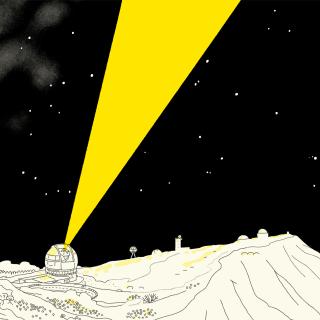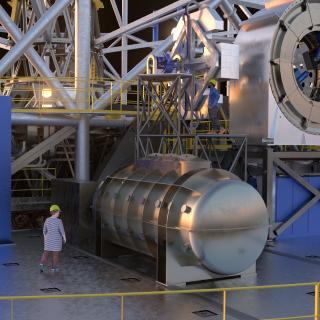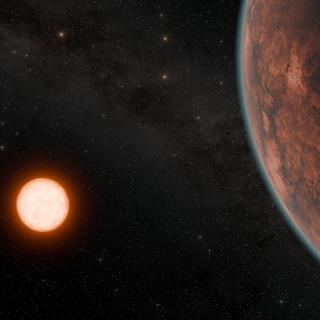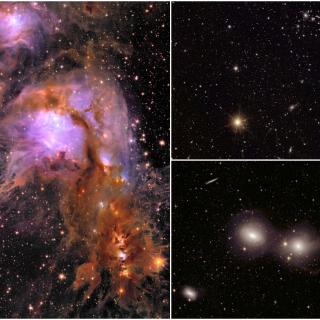
UNDARK is a pioneering project led by the Instituto de Astrofísica de Canarias (IAC) bringing together outstanding international institutions in the fields of astrophysics, cosmology, and particle physics. Funded for three years via the 'Widening' programme of the European Union, its objective is to tackle one of the major puzzles of contemporary physics: the dark universe. The major part of the Cosmos is composed by the so-called “dark universe”. Barely 18% of the total matter in the universe is made up of the elements in atoms with which we are familiar, while the remaining 82%, termed
Advertised on




